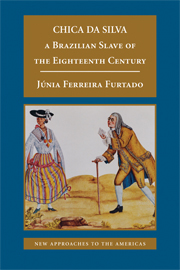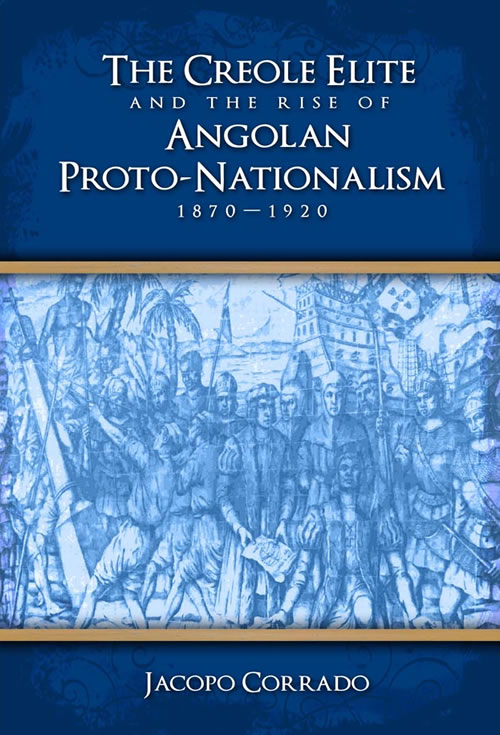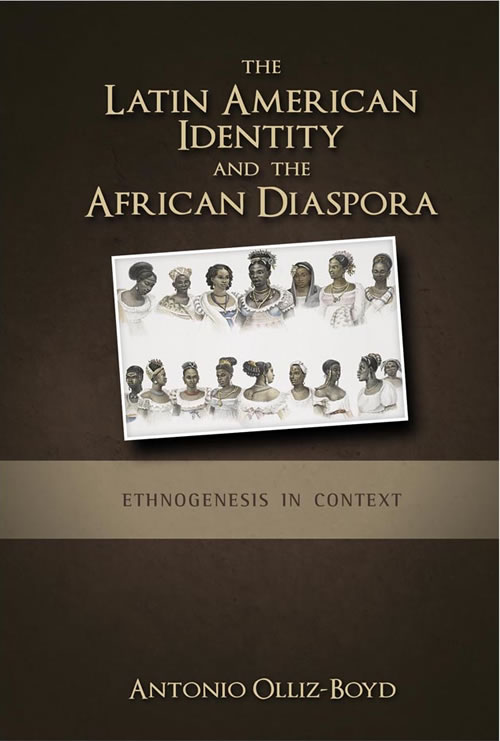Founding Families: Power and Authority of Mixed French and Native Lineages In Eighteenth Century DetroitPosted in Anthropology, Canada, Dissertations, Health/Medicine/Genetics, History, Media Archive, Native Americans/First Nation, United States on 2011-10-18 00:29Z by Steven |
Yale University
May 2011
365 pages
Publication Number: AAT 3467517
ISBN: 9781124807232
Karen L. Marrero
A Dissertation Presented to the Faculty of the Graduate School of Yale University in Candidacy for the Degree of Doctor of Philosphy
This dissertation highlights French and Native contributions to Detroit’s development in the eighteenth century as one of the busiest and most politically and economically pivotal locations in the continental interior. The focus of this study are the “métis family networks,” a group of tightly interrelated mixed-blood kinship conglomerates of French and Native individuals. Members of these networks hailed predominantly from the Great Lakes, Montreal and the Laurentian Valley, but their commercial activities took them to Boston, New York, Louisiana, Hudson’s Bay, and in some cases, England, France, and Holland. They capitalized on their role as imperial representatives and emissaries to amass considerable prestige and personal fortune, becoming “coureurs de ville” or “runners of the city.” Their activities in this regard at Detroit made it a bustling thoroughfare, through which resources flowed east and west. By the mid-eighteenth century, they had become so powerful, incoming British traders and imperial officials courted their favor and influence among Native nations. As a topic of study in the history of early North American Native-European relations, Detroit has until recently been ignored. This is due to a historiographical divide between U.S. and Canadian renditions of colonial America which have artificially parsed out geographies according to nineteenth century concepts of nation that did not exist in the eighteenth century.
For this reason, this dissertation begins by examining how renditions of Detroit’s past written in the nineteenth century sacrificed nuanced depictions of French and Native early history to fit Detroit into a prevailing national story, marginalizing the significant contributions of these two groups. This author utilizes Anglo-Canadian, French- Canadian, American, and Native historiographies to reassemble what has been artificially separated since the nineteenth century. The reader is then introduced to themes, concepts, and pivotal seventeenth and eighteenth century imperial policy decisions that were the backdrop for the development of the métis family networks, including the roles of women and mothers in French and Native worlds, imperial attitudes to race and gender, and metaphors of kinship. One chapter is a microhistory of these family networks, tracing their travels, activities, and kinship ties across the continent and, at times, the Atlantic Ocean to show their geographic, political, and economic range. The story also concentrates on the extensive role of women in the transformation of members of the networks into the bourgeois coureurs de ville who would control the fur trade in the pays d’en haut by mid century. These women were married to, born of, or siblings of men who were similarly highly mobile due to their participation in the trade with Native groups. The trade also exposed French women to alternative gendered arrangements and notions of domesticity in Native communities. French women mimicked the manners of Iroquoian and Algonquian women, who moved their homes and families to seasonal hunting and in reaction to agricultural demands. Combined with the rapidly increasing ability of merchants in New France to control policy-making due to the state’s dependency on their business activities, the women of the networks had unprecedented opportunities to participate at every level. The dissertations ends when the winds of change from rebellious American colonists meeting in the first continental congress in the east threatened British hegemony and caused British imperial agents to lean more heavily on Great Lakes Native groups for support. This is also the year the Quebec Act was passed, which constituted, among other things, a concession by the British, fifteen years after the Conquest, to some aspects of the culture of métis populations. It was in 1774 that the troubled marriage of one Native woman and one French man came under the scrutiny of British imperial agents at all levels, from the local commandant at Detroit to Thomas Gage, Commander-in-Chief of British troops in North America and governor of Massachusetts. Such attention to one marriage and one family is rare in the administrative records of imperial powers, but this was no ordinary marriage. Because it involved members of an extremely powerful métis network, resolving the domestic disputes of one married couple held the potential for the resolution of the larger domestic dispute brewing between the British and their colonists.
TABLE OF CONTENTS
- ABSTRACT
- DEDICATION
- ACKNOWLEDGEMENTS
- CHAPTER 1 – Writing the Chenail Ecarte: Hidden Histories and Half-Told Truths of Detroit
- CHAPTER 2 – Creating the Place Between: Euro and Native Notions of Domesticity in Early Detroit
- CHAPTER 3 – War, Slavery, Baptism and the Launching of the Métis Family Networks at Detroit
- CHAPTER 4 – “Tho’ Not To Run After the Indians”: The Indigeneity of Women of the Métis Family Networks
- CHAPTER 5 – Bastards and Bastions: Domestic Disorder and the Changing Status of the Métis Family Networks
- BIBLIOGRAPHY
Purchase the dissertation here.



